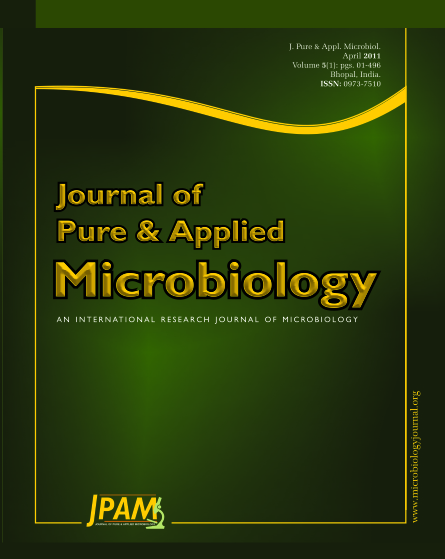Lactic Acid Bacteria (LAB) are widely distributed in the nature and occurring naturally as indigenous micro flora in raw milk that play an important role in many foods and feed fermentations. LAB are also known to produce bacteriocins and have great potential in food bio preservatives. The purpose of this research was to study the potential of cattle (cow, buffalo, camel and goat) milk’s LAB to produce bacteriocins. Total 80 strains of lactobacilli and leuconostocs were achieved to isolate and identify by using MRS and sodium azide agar medium. Among the 40 strains of each LAB genera i.e. Lactobacillus and Leuconostoc, 6 spp. of lactobacilli viz.- Lactobacillus brevis, Lactobacillus casei, Lactobacillus fermentum, Lactobacillus lactis, Lactobacillus acidophilus and Lactobacillus delbrueckii and 5 spp. of leuconostocs viz. – Leuconostoc dextranicum, Leuconostoc lactis, Leuconostoc paramesenteroids, Leuconostoc mesenteroids and Leuconostoc cremoris were observed. For all 80 strains the influence of antibacterial activities was obtained by using the agar well diffusion method against 3 Gram positive and 3 Gram negative food spoilage causing bacteria. Inhibition was shown by 36% strains but only 5% revealed the possible bacteriocinogeny. Further studies will be undertaken for the bacteriocinogenic strains.
Agar well diffusion, Bacteriocin, Dominant species, Inhibition zone, Lactic acid bacteria
© The Author(s) 2011. Open Access. This article is distributed under the terms of the Creative Commons Attribution 4.0 International License which permits unrestricted use, sharing, distribution, and reproduction in any medium, provided you give appropriate credit to the original author(s) and the source, provide a link to the Creative Commons license, and indicate if changes were made.


